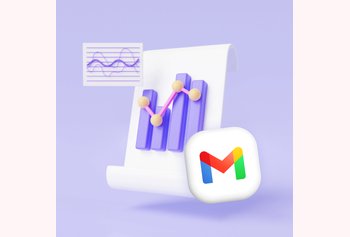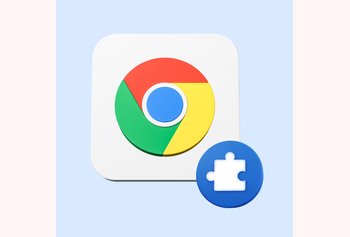Front vs. Intercom: A Detailed Comparison Guide
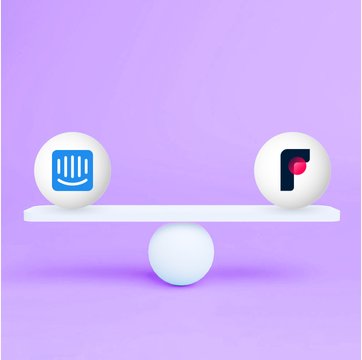
Table of contents
If your business is looking for a robust customer support tool, chances are that they’d have heard of Front and Intercom.
Both offer a powerful set of features that help customer service teams manage queries across multiple channels.
But, how do you decide which one is better – Front or Intercom? Which one offers better features? Which one is more value for money?
In this detailed Front vs Intercom comparison, we discuss the features, functionalities, and unique attributes of both platforms to help you make an informed decision while choosing a support tool for your business.
Table of Contents
- What is Front?
- What is Intercom?
- Front vs Intercom
- 1. Value for Money: Intercom is More Expensive Than Front
- 2. Team Collaboration: Internal Discussions on Customer Tickets are Easier with Front
- 3. Automations: Intercom Offers Advanced Automations in Comparison to Front
- 4. Ease of Use: Intercom is More Overwhelming to Use As Compared to Front
- 5. Timely Vendor Support: Front Fares Better in Vendor Suppored As Compared to Intercom
- Which Tool Should You Choose?
What is Front?
Front is a customer operations platform that enables support teams to efficiently manage communication and deliver exceptional service at scale.

The platform allows support teams to centralize communication channels such as email, chat, and knowledge base. It also facilitates collaboration among support agents, enabling them to work together on customer queries, inside a shared inbox. Front also offers robust reporting and analytics capabilities. This helps you to continually measure and optimize team performance and level up your customer experience.
You Might Also Like: 10 Front Alternatives for Your Customer Support Team
What is Intercom?
Intercom is a customer service platform that combines both automation and human support to deliver seamless experiences. The platform offers features such as an AI chatbot, shared inbox, product tours, and so much more to help you deliver proactive customer communication and support.

The platform enables customer engagement through real-time messaging, both on websites and mobile apps. Aside from this, Intercom also offers a help desk ticketing system and automation features to streamline support processes.
One of Intercom’s standout features is their AI chatbot – Fin. The chatbot can respond to customer queries by offering answers from your knowledge base. Fin can also analyze the complexity of a query and easily loop in a human support agent when needed. This reduces ticket volumes and allows support teams to work more efficiently.
You can also improve how customers engage with your product with the help of Intercom’s product tours that help guide users in a step-by-step manner through features.
You Might Also Like: 10 Best Intercom Alternatives for 2024
Front vs Intercom
Here is a quick comparison of how Front differs from Intercom in terms of pricing, ease-of-use, and several other features.
| Comparison Points | Front | Intercom |
|---|---|---|
| Value for money | Simple pricing structure. Basic plan starts at $19/seat/month and includes key support features such as omnichannel messaging, collaboration, and most third-party integrations. | Complex pricing structure. Critical support features cost extra. Basic plan starts at $39/seat/month. |
| Team Collaboration | Built-in collaboration features that make cross-team communication easy. | Internal collaboration is quite complicated, leading to disjointed communication. |
| Automations | Limited automation capabilities. More suitable for small and medium-sized businesses. | Advanced automation workflows that make providing customer support a breeze. |
| Ease of use | Interface is similar to that of popular email clients. Easy to use. | Complicated user interface that comes with a steep learning curve. |
| Vendor Support | Timely vendor support across email. Quick response times | Vendor support isn’t very reliable. Long waiting times. |
| Free trial | 7 days | 14 days |
1. Value for Money: Intercom is More Expensive Than Front
When choosing a customer support tool, it is important to evaluate if the solution fits well within your budget. This is done by taking into account factors such as the number of users, required features, scalability, etc. Additionally, it is also important to factor in any potential additional costs for integrations or advanced features.
Intercom offers three pricing options.
- Essential: $39 per seat per month
- Advanced: $99 per seat per month
- Expert: $139 per seat per month
Intercom’s basic plan offers several support features such as the platform’s AI powered chatbot Fin, a shared inbox, ticketing system, and pre-built reports (conversation reports, CSAT scores, etc.).
But there are certain disadvantages when it comes to Intercom’s pricing structure.
- Intercom’s standout features such as in-app messaging and product tours are only available if you upgrade to the Proactive Support Plus that costs $499 per month.
- You will also have to pay extra for every conversation if you want to offer support across email, SMS, or WhatsApp. This is irrespective of the pricing tier you belong to. For instance, creating and sending targeted email campaigns to your customers will cost you between $0.003 to $0.045 per email.
- Resolving a customer query with Intercom’s Fin AI Chatbot will cost you an additional $0.99 per resolution.
On adding up all these extra costs, you will find that Intercom can be significantly expensive and it can prove to be challenging, especially if your team is looking to scale their support.
The pricing, bar none. They fundamentally have it wrong. You pay for every conversation that you have with your customer. So everytime you engage with a customer and “activate” them, you see your costs go up. The more you engage, the more expensive the platform gets. It’s counter-intuitive: you want to create great communication, but then you start cutting back to make sure it’s within your allocated budget. We went from around $400 a month to run the platform to forecasted to pay $1300 a month
-Intercom user on G2
Front’s pricing plan, on the other hand, offers four options.
- Starter: $19 per seat per month
- Growth: $59 per seat per month
- Scale: $99 per seat per month
- Premier: $229 per seat per month
Front’s starter plan is affordable and suitable for small businesses since it offers a number of key features such as omnichannel communication, a shared inbox, knowledge base, internal collaboration functionalities, and basic automations such as round-robin assignment.
However, features such as SLAs, analytics, chatbots, and vendor support are not available in the starter plan and will require you to upgrade to a higher pricing tier.
Another option you could consider when evaluating a customer support tool is Hiver. The platform offers a free forever plan that offers some powerful features to transform your inbox into a fully functional help desk. Speaking about its paid plan, its basic plan comes at just $19/user/month. Users get around-the-clock chat and email support along with onboarding assistance irrespective of their pricing plan.
In fact, with a tool like Hiver, you get access to key features such as multichannel engagement, team collaboration, and shared inbox at 34% less cost as compared to Front.
2. Team Collaboration: Internal Discussions on Customer Tickets are Easier with Front
A customer support platform should offer robust collaboration features so that agents can work together and resolve queries faster. It allows team members to pool their insights and experiences, leading to a more comprehensive understanding of customer issues.
Support agents can also get help from colleagues and even get their responses checked by managers and supervisors. This ensures consistency in responses, leading to a better overall customer experience.
Front offers collaboration features that allow support agents to have seamless internal discussions. In-thread messages appear right next to email conversations and allow support agents to add their insights and inputs.
This way every team member has complete context into the customer issue and can collaborate easily to find resolutions.
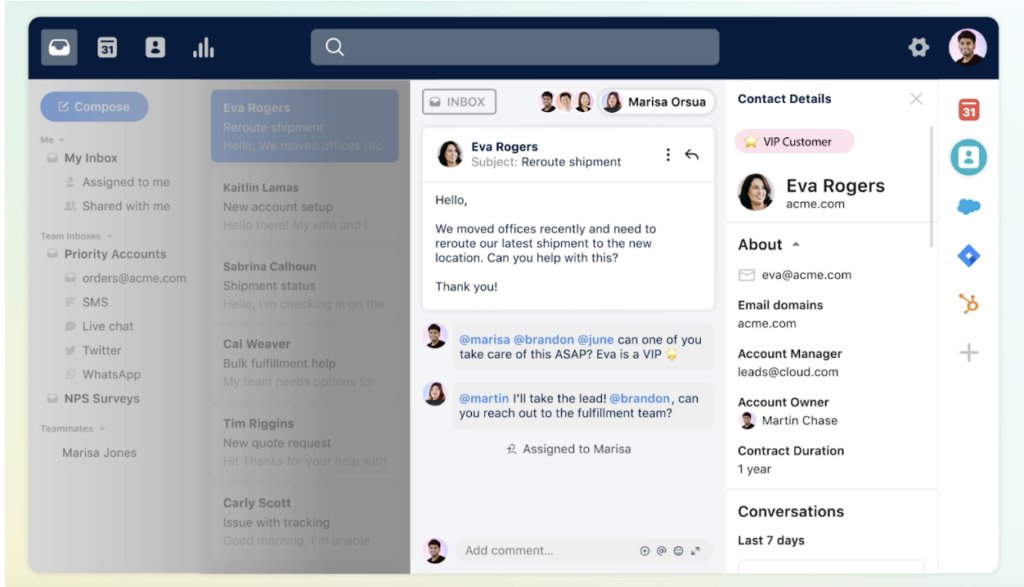
Intercom, on the other hand, offers limited collaboration capabilities. For every customer query that comes in, agents have to first create what is known as a ‘back-office’ ticket. Agents will then need to add the context of the query to this ticket and only then can they initiate internal conversations around the specific customer query.
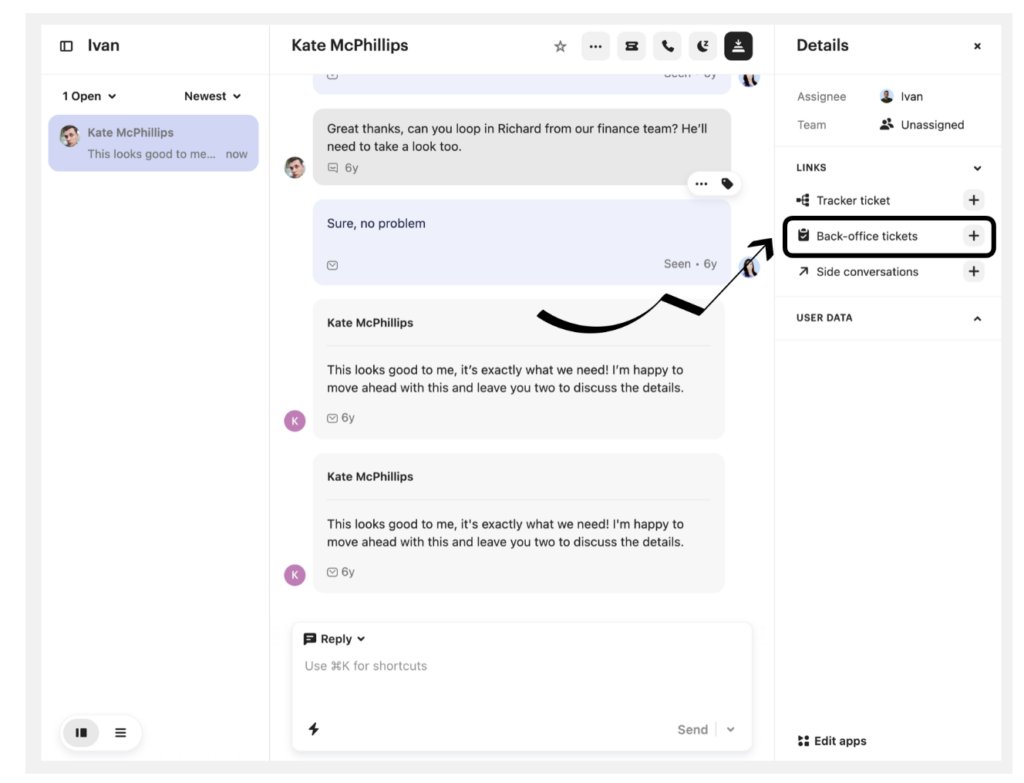
For support teams that are already dealing with a huge volume of tickets, these additional steps mean agents have to put in more effort to collaborate with their teammates.
Hiver offers an even simpler solution for internal collaboration.
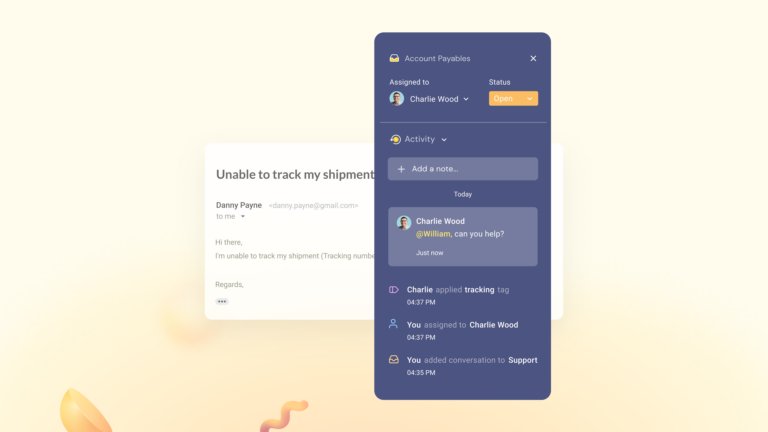
With Hiver’s Notes alongside every conversation, collaborating with your teammmates is a breeze.
All your support agents need to do is @mention and write a message to the relevant team member in the Notes section. They immediately get notified and can respond to the message. This enables support agents to collaborate without relying on CCs and forwards.
3. Automations: Intercom Offers Advanced Automations in Comparison to Front
Automation streamlines routine and repetitive tasks, saving time for support agents. This allows your team to focus on more complex and high-priority customer tasks.
The good news is that both Intercom and Front offer automation capabilities.
Intercom’s Workflows allow you to build automations with the help of a visual builder and require zero code. The platform’s automations also help you provide multilingual, omnichannel support in over 43 languages.
For instance, Intercom has an auto language detection feature that can automatically detect the language in which customers initiate conversations. This feature ensures that the support system is aware of the customer’s preferred language from the outset.
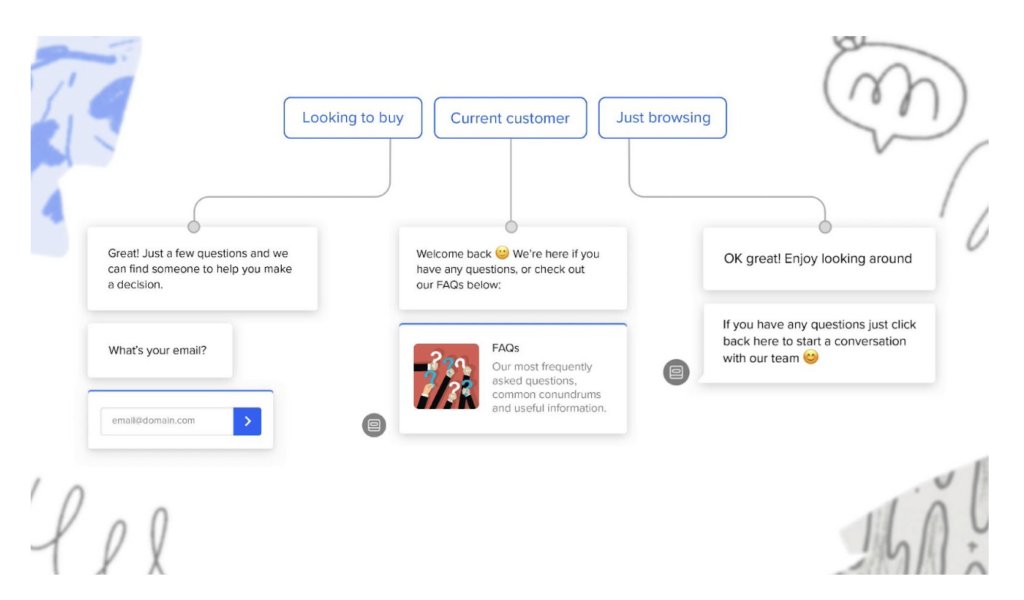
You also get access to several ready-to-use workflow templates that can be used to improve efficiency by triaging, routing, tagging, and closing customer conversations based on various factors. These templates alone can be used to support use cases such as:
- Routing customers to the right support agents: Evaluate customers and route them to the most relevant support agents based on attributes such as customer type, language, and past activity. This way every customer gets the expert help they need.
- Following up with inactive customers: Send auto-generated reminders to customers who have been inactive for a specific period of time.
- Prioritize conversations in queue: Implement workflows such that customers who have been waiting for a response get notified if teams are busy. You can also mark these conversations as priority so that your agents can get to it as soon as possible. Faster responses to critical queries can significantly improve customer satisfaction.
- Organize conversations with ease: Use tags to categorize customer conversations by customer type, priority level, topic, etc. This way your support inbox is neatly organized and agents know which queries require immediate attention.
Front also offers automations that can be used to:
- Assign tags to incoming conversations so that agents know what they need to be working on.
- Route queries to the right support agent according to their availability and expertise
- Receive SLA violation notifications any time a customer support request has not been responded to within a specific time period.
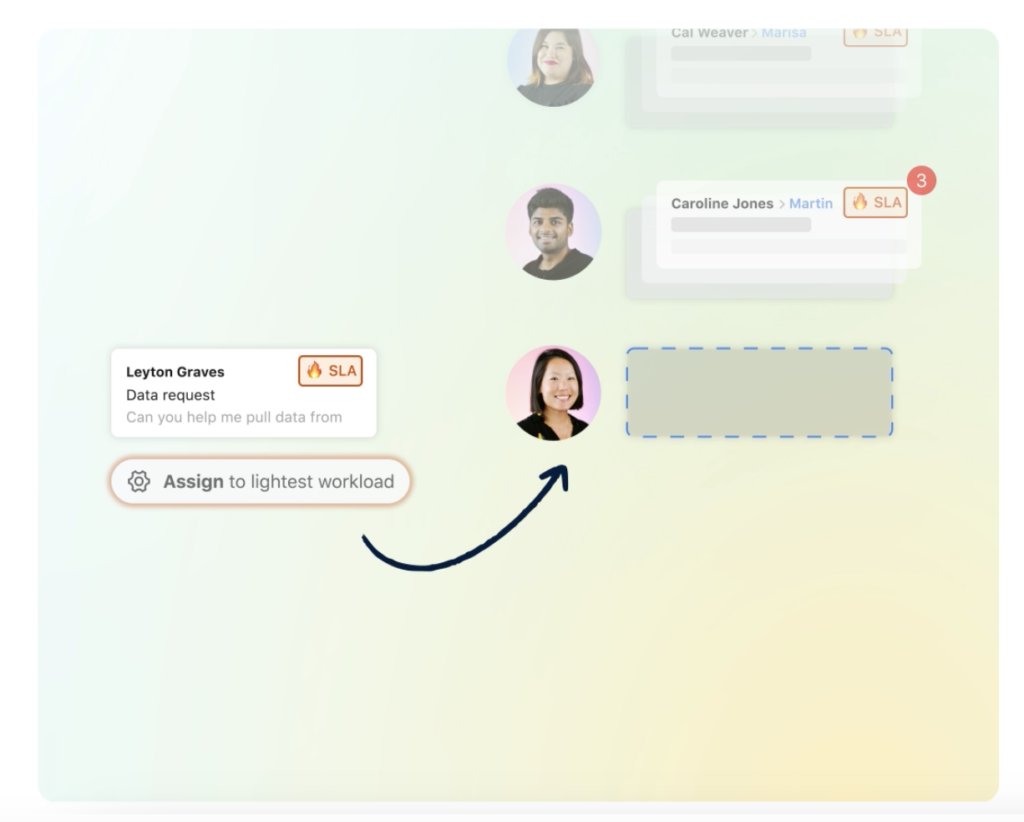
As you can see, while Front’s automations are effective, they are not as advanced as that of Intercom. So, while considering Front and Intercom for your support team, you need to keep in mind your business size and support requirements. This will allow you to understand your automation needs better and choose between the two tools accordingly.
You Might Also Like: Automating Customer Service Without Losing the Human Touch
4. Ease of Use: Intercom is More Overwhelming to Use As Compared to Front
An intuitive and easy-to-use platform minimizes the time and effort required for support agents to learn and adapt to the system. This efficiency translates into quicker issue resolution, improving the overall speed and responsiveness of customer support.
While Intercom offers a powerful set of features, some users might find the richness of the platform a bit complex. Users also report that the platform has a significant learning curve and agents can take some time to get used to it. This is because the platform has so many features and customizable automations.
One thing I dislike about Intercom is that it can be difficult to customize the user interface for our particular use case. As a result, it can take a lot of time and effort to configure Intercom to fit the needs of our organization. Additionally, I find that the user experience can be a bit clunky and unintuitive at times.
–Intercom user on G2
Whereas if you take Front, it’s relatively simpler to navigate. Its UI is a lot similar to that of popular email clients which means that learning to use the platform is pretty straightforward. This makes Front a better choice for teams that can’t dedicate time and effort to learn to use complicated software.
Front is easy to use and very user-friendly. The inboxes are organized and I don’t lose important emails. Spam seems not to be allowed or well filtered. The interface is really great.
–Front user on G2
But, what if you could invest in a support platform that is easier to use compared to both Front and Intercom? One where you could get started in a few hours and start handling customer queries on the go?
This is exactly what Hiver offers.
Hiver’s offers a user experience that is incredibly intuitive and simple. It works right inside of Gmail, an interface your team would be already familiar with. Hiver can be set up within minutes and your support agents can get started with using it right away. No extensive training needed. No new or complex terminologies to grapple with.
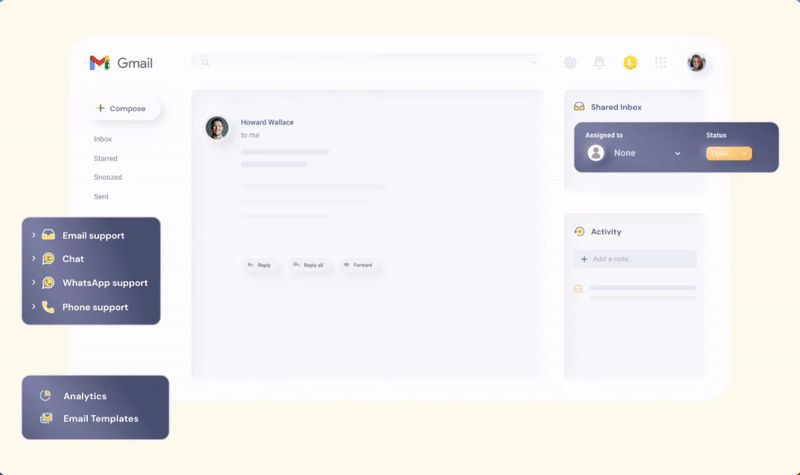
5. Timely Vendor Support: Front Fares Better in Vendor Suppored As Compared to Intercom
Timely vendor support for customer support platforms is crucial when you’re choosing a help desk. Think about it – if your help desk is glitching, you won’t be able to respond to customers. You’re making them wait and that doesn’t reflect well on your brand.
However, if you could get timely support from vendors and rectify the issue, it means any disruption is kept to a minimum.
For instance, say your support agents face a problem with accessing customer data from your support platform. They struggle to retrieve important information leading to delayed responses, increased ticket escalations, and repetitive information requests from customers. All of this can have a negative impact on the customer service quality.
In such a scenario, timely vendor support and resolution is critical to get the systems up and running.
A number of users have found Intercom’s support to be quite unreliable. Getting a response from their team takes a lot of time and this can negatively impact your business.
The customer support intercom offers is AWFUL. We’ve lost a not insignificant amount of revenue and productivity due to intercom’s lack of responsiveness.
–Intercom user on G2
Front has a far more reliable vendor support system. They offer email and live chat support for members of their higher pricing tiers. Response time is quick and their customer service team is always available to answer any questions users might have.
However, Front does not offer any onboarding assistance or vendor support for users on their basic plans.
This is where you have a significant advantage with Hiver.
Hiver is known for its world-class support. Users get access to 24/7 chat and email support across all pricing plans at no extra cost. Aside from this, customers also get free onboarding assistance.
In fact, here are some numbers to give you a better idea of Hiver’s prompt vendor support.
- Hiver has a first call resolution rate of 88% which exceeds the industry average of 40%.
- The platform’s support also has an average chat response time of 13s which is nearly 3x faster than the industry average time of 45s.
I’m incredibly impressed with the responsiveness of their customer service – it’s never been a problem to get in touch with them! Whenever they direct me to other resources or offer advice on how to solve problems, their words always come through clearly, which is so reassuring when you’re looking for professional advice.
–Hiver user on G2
Which Tool Should You Choose?
From the comparison above, Front is a more affordable option for businesses and offers an edge over Intercom in pricing and ease of use. Whereas Intercom offers an extensive range of features that may be more suitable for larger businesses with highly complex support requirements.
However, you will also find that Hiver is a strong contender, especially when it comes to ease of use, value for money, a robust ticket management system, and out-of-the-box integrations.
If you’d like to explore more and learn how Hiver can elevate your customer support, simply sign up for a free 7 day trial.












